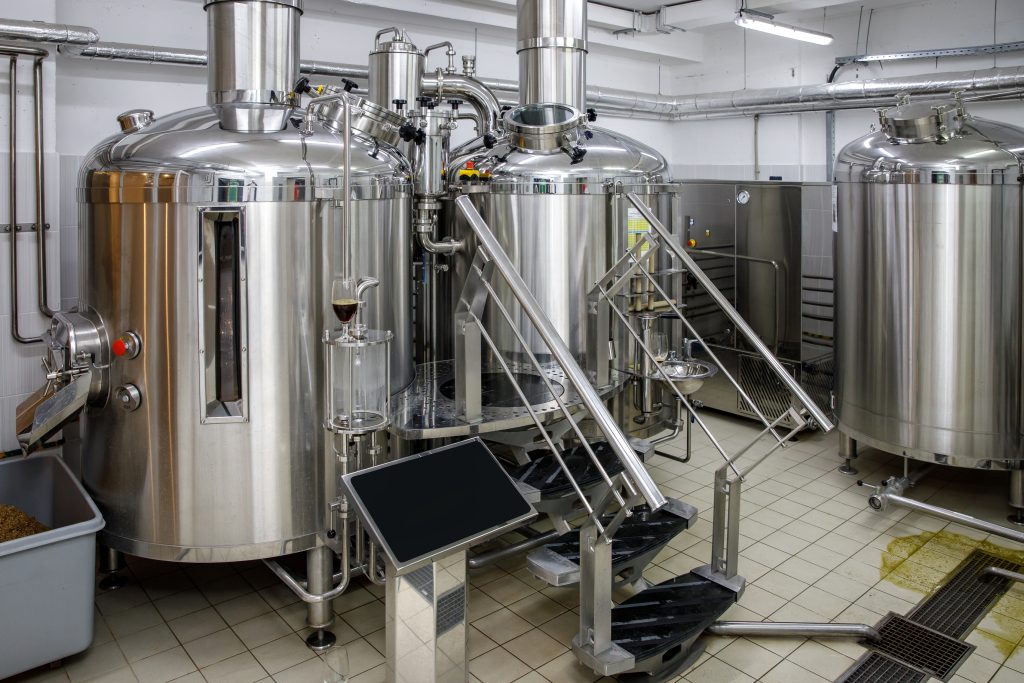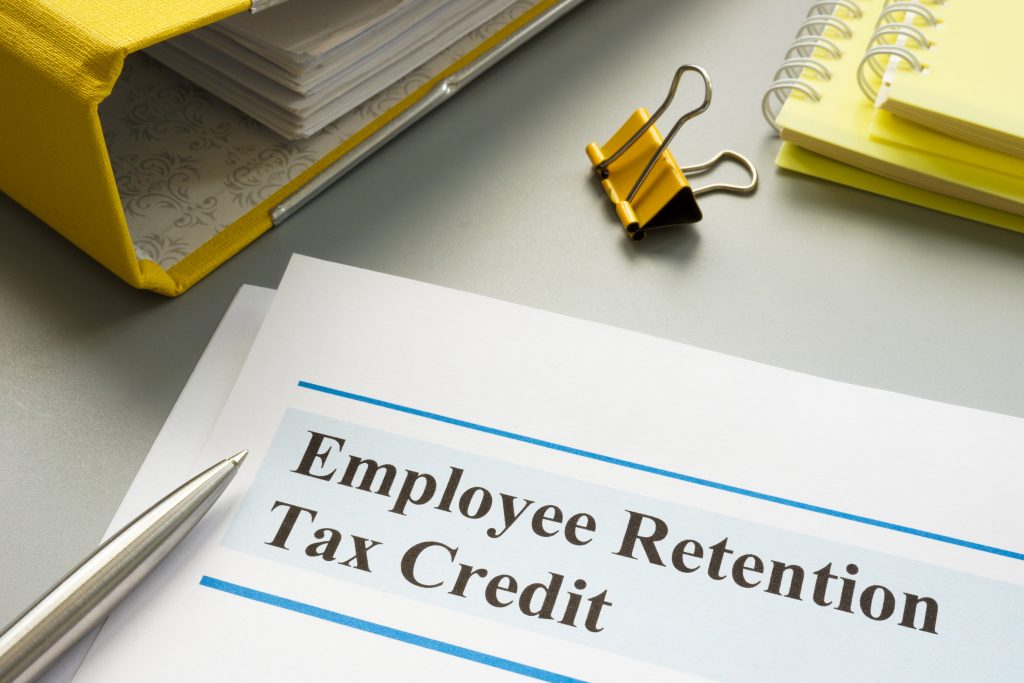
By: Cheryl Gray
The tanks and tank systems that support the production of the brews and spirits of the craft beverage industry work to keep the quality and safety of those beverages on target.
No matter the size or brand of the tanks involved, craft brewers and distillers want optimal results and a minimalistic cleaning and maintenance routine to ensure productivity goes uninterrupted. Some companies cater to the industry to provide multiple options.
Among them is Quality Tank Solutions (QTS), headquartered 35 miles outside of Milwaukee. The company, founded a decade ago, is a stainless-steel tank manufacturer. Jimmi Jean Sukys is the
company’s owner.
“We are about 100 employees in size and we serve the brewing, food and beverage, dairy and pharmaceutical industries,” Sukys said. “Aside from manufacturing, we also install and repair stainless steel vessels. Our talented engineering team helps you refine your process by increasing efficiency, quality and cleanability.”
QTS provides a wide range of complete stainless-steel tanks and tank systems for craft breweries, whether it is a start-up or an established brewery. This includes custom-built brewhouses with two to four vessels of 3-1/2BBL to 100BBL in size. The systems are configured to accommodate any height or space restrictions. Standard construction offers features that include either manual or fully automated operation and either steam or direct fire. QTS also supplies brewhouse equipment, such as boilers, chillers, keg washers, bottling lines and walk-in coolers. Sukys explains what additional innovations set QTS apart, including the top-priority use of high-quality materials, efficiency and cleanability.
“Our QTS cellar tanks are versatile and are completely customizable to meet your specific needs,” Sukys said. “The tank system industry has been around for some time now. What QTS has brought to the table, in just 10 years of service, is consistent and trustworthy results with emphasis on quality standards. Our tanks are engineered and manufactured in Wisconsin, USA using only U.S. stainless steel. Tank longevity is a priority. QTS is with you every step of the way. Even after you receive your tanks, we can help you install, repair or expand. Our expert team members offer amazing customer service.”
Solid customer service and buying American-made products are among the reasons behind Potomac Distillery’s decision to buy tanks and tank equipment from Idaho-based Corson Distilling Systems, Inc. The Washington D.C.-headquartered distillery is the home base for Thrasher’s Rum, which takes its moniker from owner Todd Thrasher. “I worked with Corson because I wanted to source American-made products,” said Thrasher.
Corson Distilling Systems is a family-owned business founded a little over a decade ago by brothers Josh and Tory Corson. Today, the company hand-builds each system from materials that include raw stainless steel and copper. The firm also turned to SOLIDWORKS Premium 3D design software to boost its output, streamlining the process of creating models and drawing files while supporting automatic configurations of equipment designs within the SOLIDWORKS products family. Combining the productivity of SOLIDWORKS with another technology solution, COUNTERPART ERP, shaved off a considerable workload and further streamlined processes for the team of draftsmen responsible for the products sold by Corson Distilling Systems, Inc.
Breweries count on a variety of tanks and tank equipment to get their products out. That includes brew kettles, lauter tuns, mash tanks and more.
QTS brew kettles feature what the company describes as a steam-driven Omega Heat Transfer Surface Jacket. The company touts this feature as one that allows precision boiling designed to eliminate over-boiling, which can negatively affect the final product. In addition to some of the other features that are standard on QTS products, its brew kettle standard features include a vent stack with DMS drain, flanged and dished top head, shallow cone bottom and a vortex breaker.
Options include a combination brew kettle and whirlpool, so-called “China-hat” assembly, direct fire and vent stack installation. The company’s whirlpool tanks can either stand alone or be combined with other functions. They are customized to handle a brewery’s system capacity. Standard features incorporate many of those offered in other products by QTS, along with a feature known as Trub Guard. The whirlpool tanks can be customized to combine the functions of a whirlpool tank with a brew kettle.
The company also offers steam-driven calandrias designed to achieve boiling point temperatures without using a heat transfer surface jacket. The calandrias are made of a cylindrical shell and a tube design that is custom-sized to meet the requirements of breweries of virtually any size. The calandrias feature an insulated shell and tube design, accessible flanged ends, a square tube frame with adjustable feet and an optional flexible design to fit a brew house.
Mash tanks by QTS include standard features such as flanged and dished top head, turbine agitation, glass stop manway, tank light, side wall baffles, shallow cone bottom, NORD gear drive, removable CIP assembly, steam jackets and, of course, 3-A standards. Options include a combination mash and lauter tun, a hydrator and a knife gate.
The company’s lauter tuns incorporate a tight wedge screen wire fit at the bottom of the vessel, which is designed to eliminate the possibility of the screen bending under the pressure of a heavy mash bed.
This tight tolerance design prevents excess grains from seeping through the screen. Features of the QTS lauter tuns include gear drive and agitation, which are configured based on the size of the vessel. Other standard construction features include a freeboard above grain bed depth, flanged and dished top head, shallow cone bottom, rake assembly with plow bar, glass top manway, tank light, removable CIP assembly, rectangle side entry manway and wedge widescreen false bottom. Optional features are a combination mash and lauter tun and underscreen CIP.
Lager tanks designed by QTS feature a horizontal design that the company touts as more efficient since the tanks have more surface area coverage. The lager tanks feature flanged and dished heads, an insulated vessel design, a heat transfer surface jacket, a quarter-inch thick formed saddle with adjustable feet and an oval swing-in manway. They also have a removable CIP assembly with a “whirly spray” device and come fully equipped with a PRV, sample valve, butterfly valves and a CIP accessory. Available options include a stacked tank design and a visual sight gauge assembly.
For distilleries, QTS offers custom-made hot and cold liquor tanks with features that include flanged and dished top heads, an insulated vessel, a round cross-arm manway, a heat transfer surface jacket, overflow control, F&D and flat-pitched bottoms.
Options include a visual sight gauge and an immersion heater.
One QTS product used for adding ingredients during the brewing process is the QTS Q-Bot. It can be used as a dry hop or slurry vessel. The tank’s flexibility helps in the work of adding ingredients at different points in the production process. Among its features are a shallow cone top head, a 24-inch round pressure manway, interchangeable perforated baskets in sizes of one-eighth, one-fourth and one-half inches, a tangential side inlet, a rolled push ring and caster wheels.
Cleaning tanks and the accompanying equipment are very important, not only for protecting the investment in production, but also for protecting the distillery products. At Potomac Distillery, Thrasher favors a non-chemical approach to cleaning his tanks, which he says are all jacketed.
“We clean the still and fermentation tanks about once a month. We typically use a combination of water and citric acid and then clean again with distilled water.”
Experts say that designing, manufacturing, installing and maintaining tanks and their accompanying equipment is done with a combination of craftsmanship, innovation and ever-evolving technology. The aim, of course, is to preserve the products that craft brewers and distillers pour their time and resources into making and getting ready for market.






